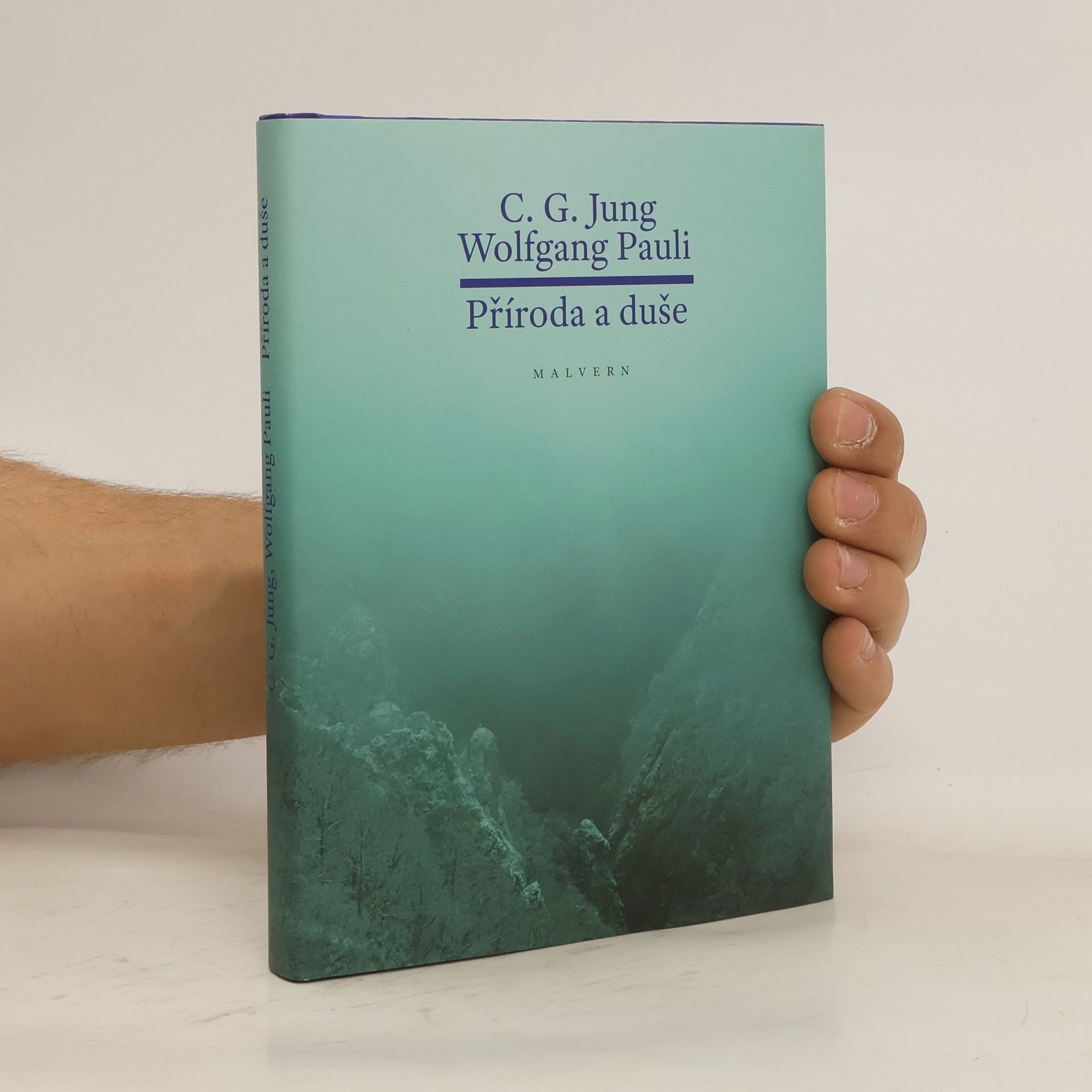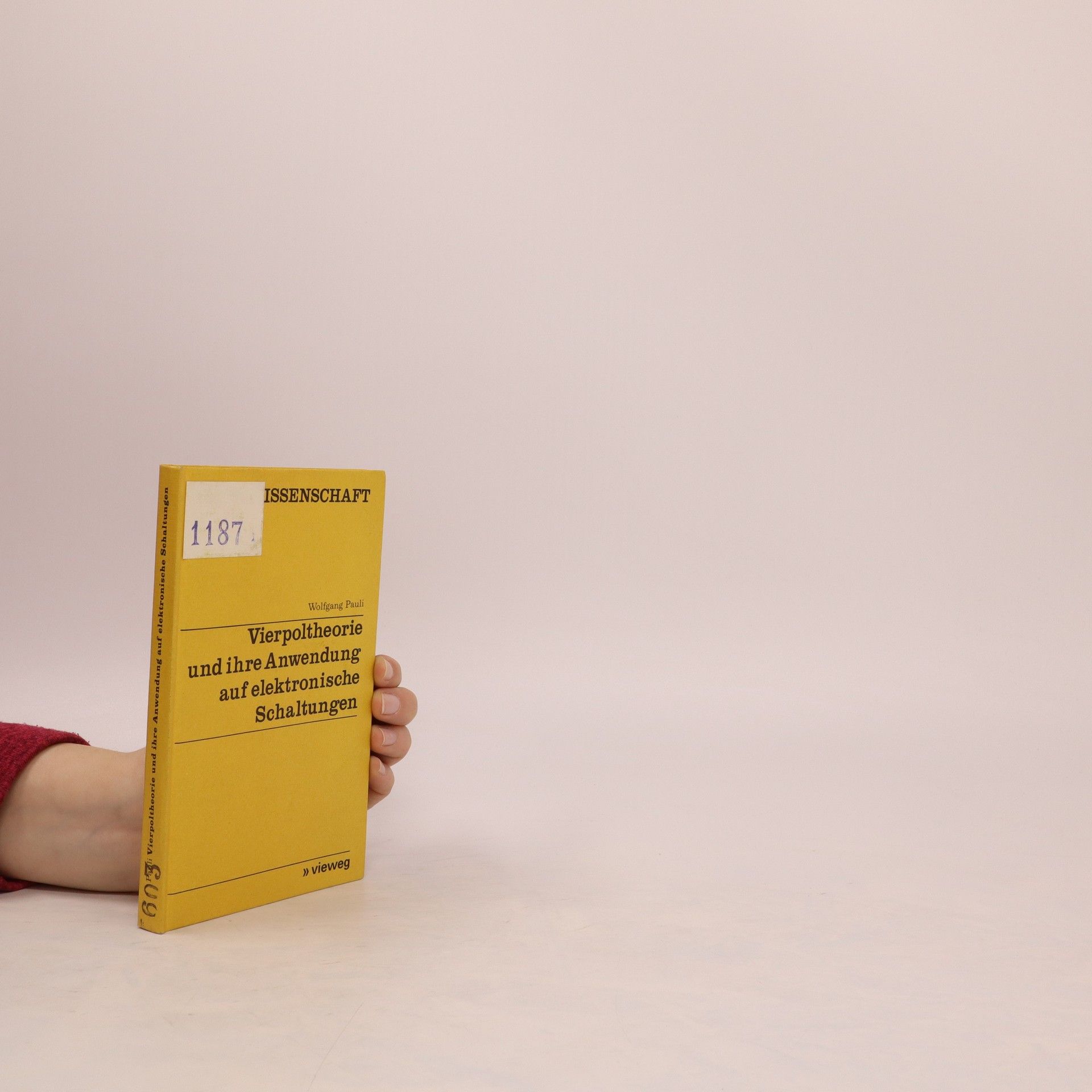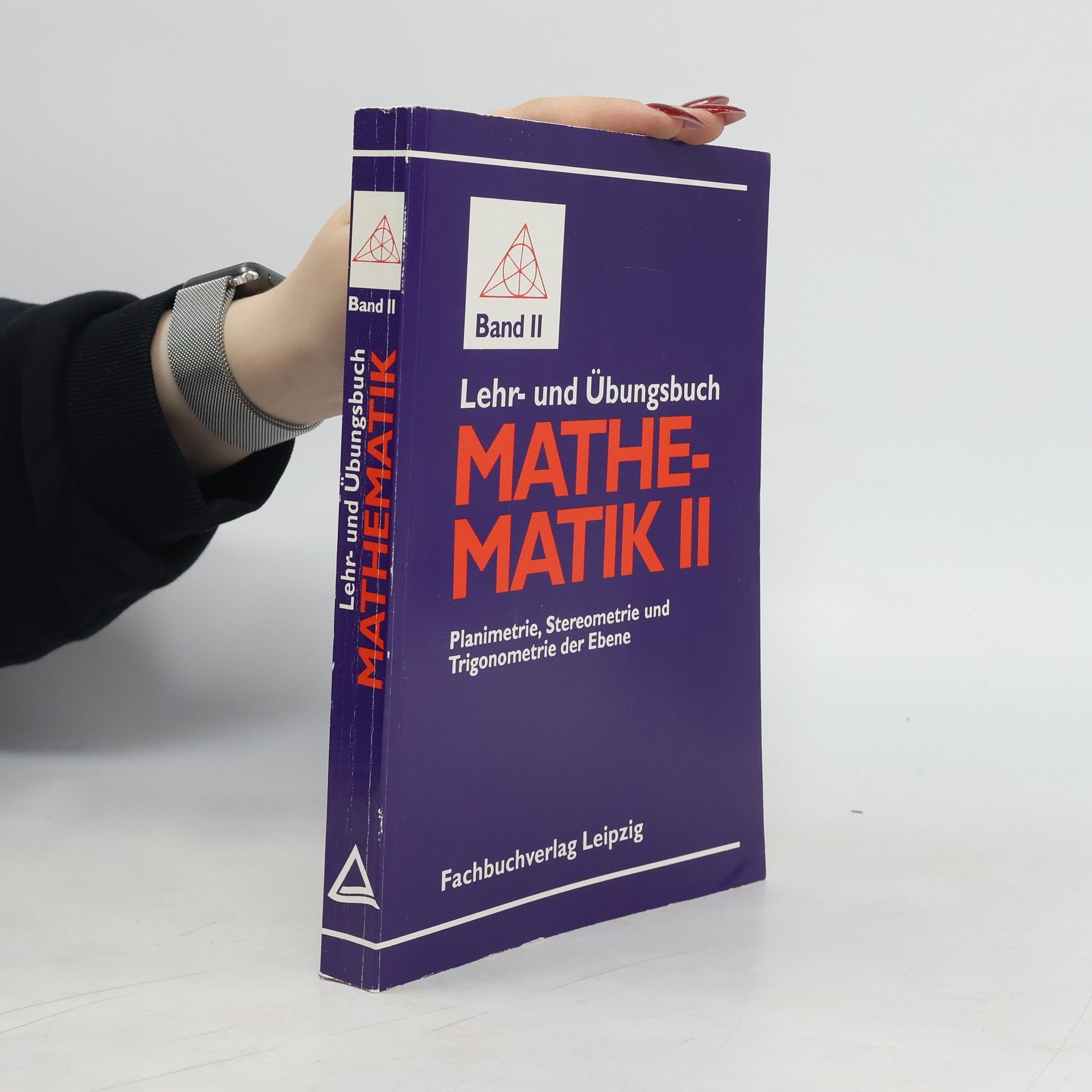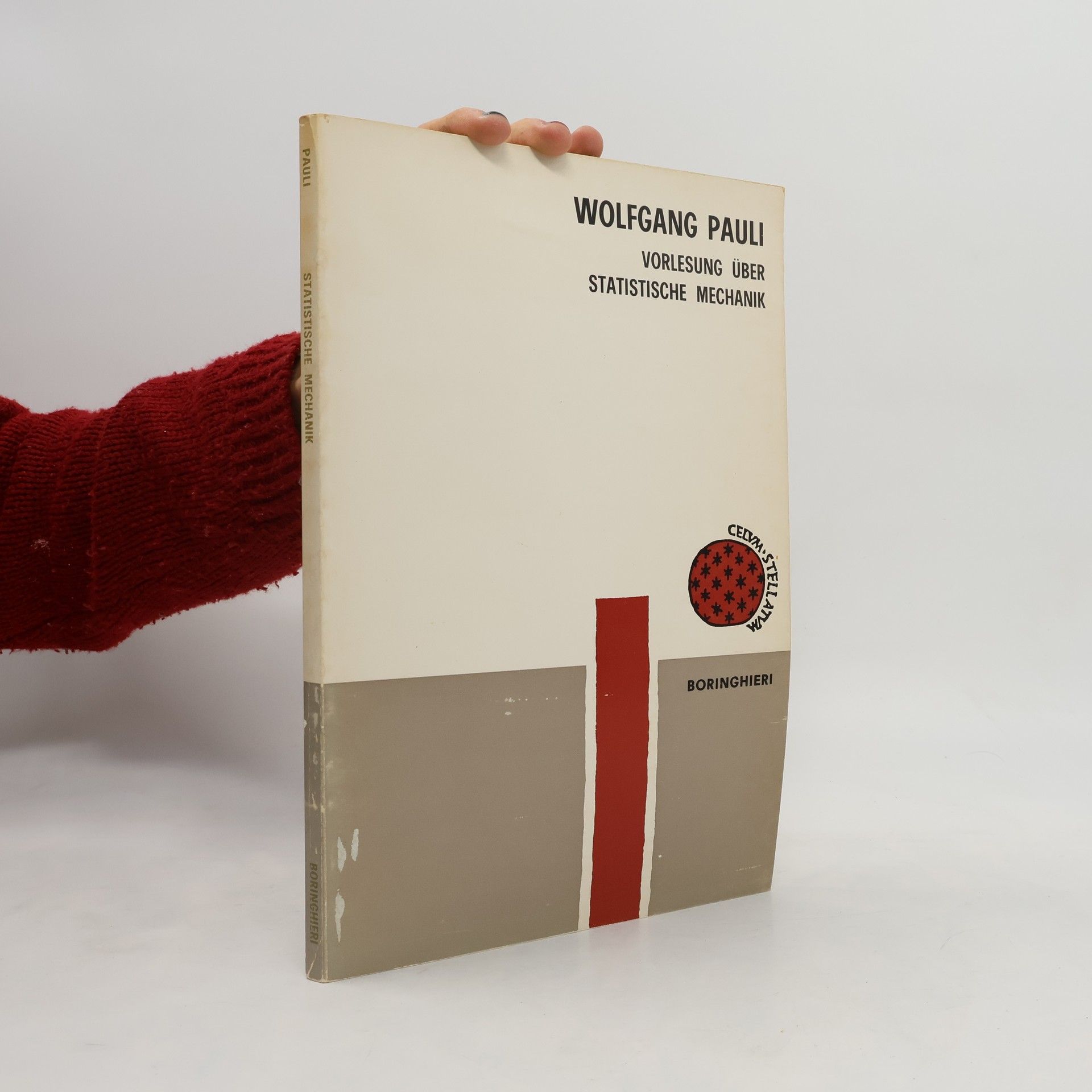In 1932, Wolfgang Pauli, a renowned physicist on the brink of winning the Nobel Prize, faced personal turmoil following his mother's suicide and a troubled marriage. His heavy drinking and public quarrels were compounded by unsettling dreams, prompting him to seek help from C. G. Jung, with whom he established a regular meeting. This led to a remarkable intellectual partnership that bridged physics and psychology, documented in eighty letters exchanged over twenty-six years. Although Jung never formally analyzed Pauli, he interpreted over 400 of his dreams, contributing to his later works, including "Psychology and Alchemy" and "The Analysis of Dreams." Their discussions explored the connections between dreams and reality, revealing unexpected parallels between depth psychology and quantum physics. Their collaboration culminated in the joint publication of Jung's treatise on synchronicity and Pauli's essay on archetypal ideas in Kepler's writings. This correspondence not only refined their understanding of synchronicity—a term Jung had proposed—but also influenced the development of Jungian psychology through insights from physics. This portrait of their extraordinary friendship appeals to historians of science and those interested in human creativity, showcasing the profound impact of their meeting of great minds.
Wolfgang Pauli Livres
Wolfgang Ernst Pauli fut un physicien théoricien et une figure centrale dans le développement de la mécanique quantique. Ses contributions scientifiques, y compris le principe d'exclusion, furent révolutionnaires, et son travail demeure une référence standard. Pauli s'est également penché sur de profondes questions philosophiques, explorant l'interaction entre la science et les rêves archétypaux, menant à un dialogue fascinant entre la physique quantique et la psychologie.







Příroda a duše
- 200pages
- 7 heures de lecture
Carl Gustav Jung (1875–1961) a Wolfgang Ernst Pauli (1900–1958) jsou dvě významné postavy dvacátého století, jejichž spolupráce inspirovala řadu knih a studií. Výsledkem jejich paralelního a společného bádání je tato kniha z roku 1952, která se zaměřuje na propojení přírody a duše. Jungův příspěvek se věnuje konceptu synchronicity, kterou definuje jako časovou koincidenci dvou nebo více příčinně nespojených událostí s obdobným významem. Tímto tématem se zabýval od 30. let, přičemž jeho výzkum byl ovlivněn diskuzemi a korespondencí s Pauliem. Pauliho studie se zaměřuje na vliv archetypických představ na tvorbu přírodovědeckých teorií u Keplera, a zkoumá komplementaritu duše a přírody v jeho a Fluddově díle. V širším kontextu se zabývá spojením poznání s náboženským prožitkem prostřednictvím symbolů, které vyjadřují emoční stránku prožitku a jsou v živém vztahu s tehdejším souhrnem vědění. Pauli zdůrazňuje, že návrat k historickým obdobím, kdy byly vědecké pojmy cizí, může přinést důkaz o existenci symbolů, které mají jak náboženskou, tak přírodovědeckou funkci. Kniha je doplněna Pauliho esejí o vědě a myšlení západu.
Wolfgang Pauli und C. G. Jung. Ein Briefwechsel 1932 1958
- 283pages
- 10 heures de lecture
Ein Briefwechsel 1932 - 1958
- 275pages
- 10 heures de lecture
Der hier erstmals ver]ffentlichte Briefwechsel zwischen dem Psychiater C.G. Jung und dem Nobelpreistr{ger der Physik Wolfgang Pauli ist ein geistesgeschichtliches Dokument ersten Ranges. Ein privates Schicksal hat sie zusammengef}hrt, und daraus ist ein vorwissenschaftlicher Dialog erwachsen, in dem versucht wird, naturwissenschaftliches und psychologischesDenken zu vereinheitlichen. Die Briefe verdeutlichen, da~ es weder f}r den Psychologen zul{ssig ist, die methodischen Einsichten der Physik, noch f}r den Physiker, die Erfahrungen im Umgang mit dem Psychischenzu vernachl{ssigen.



